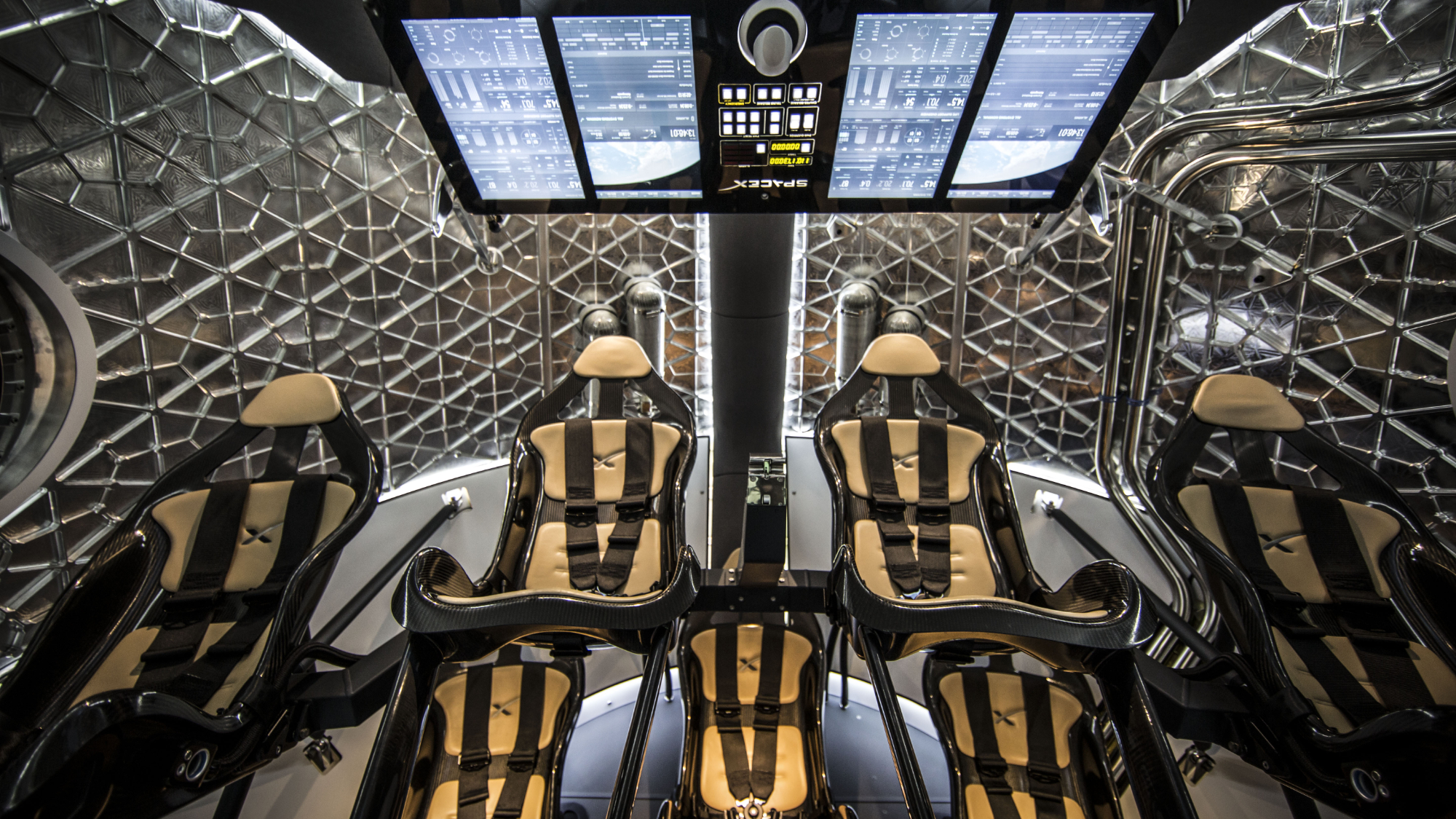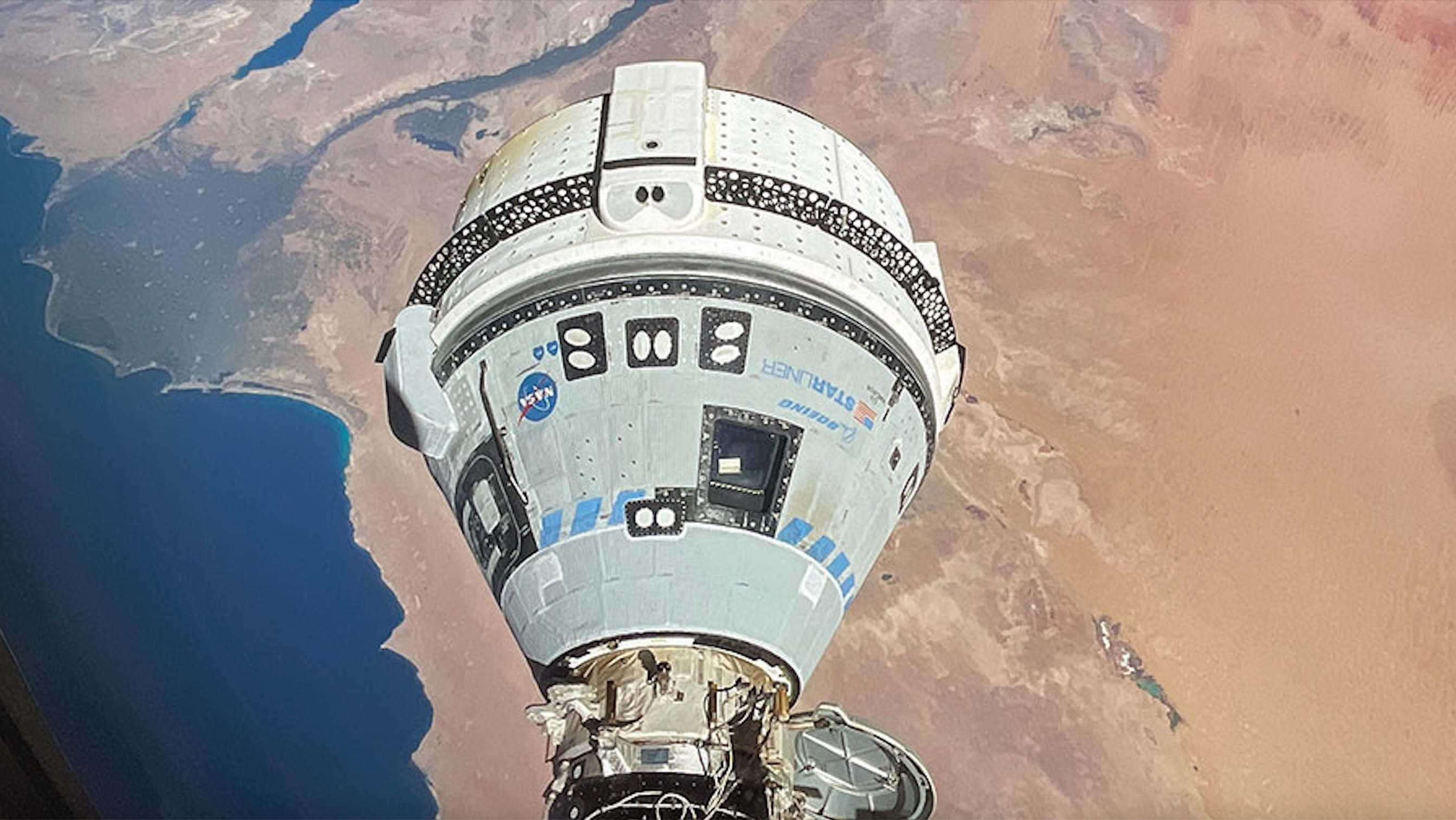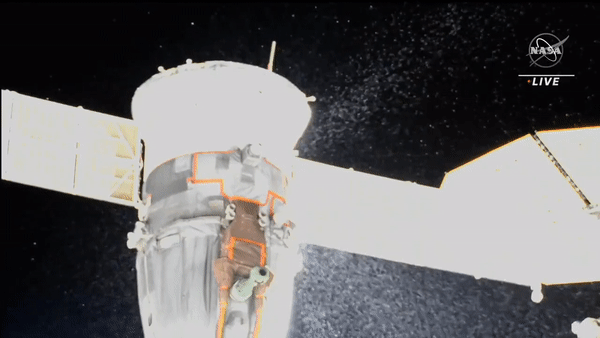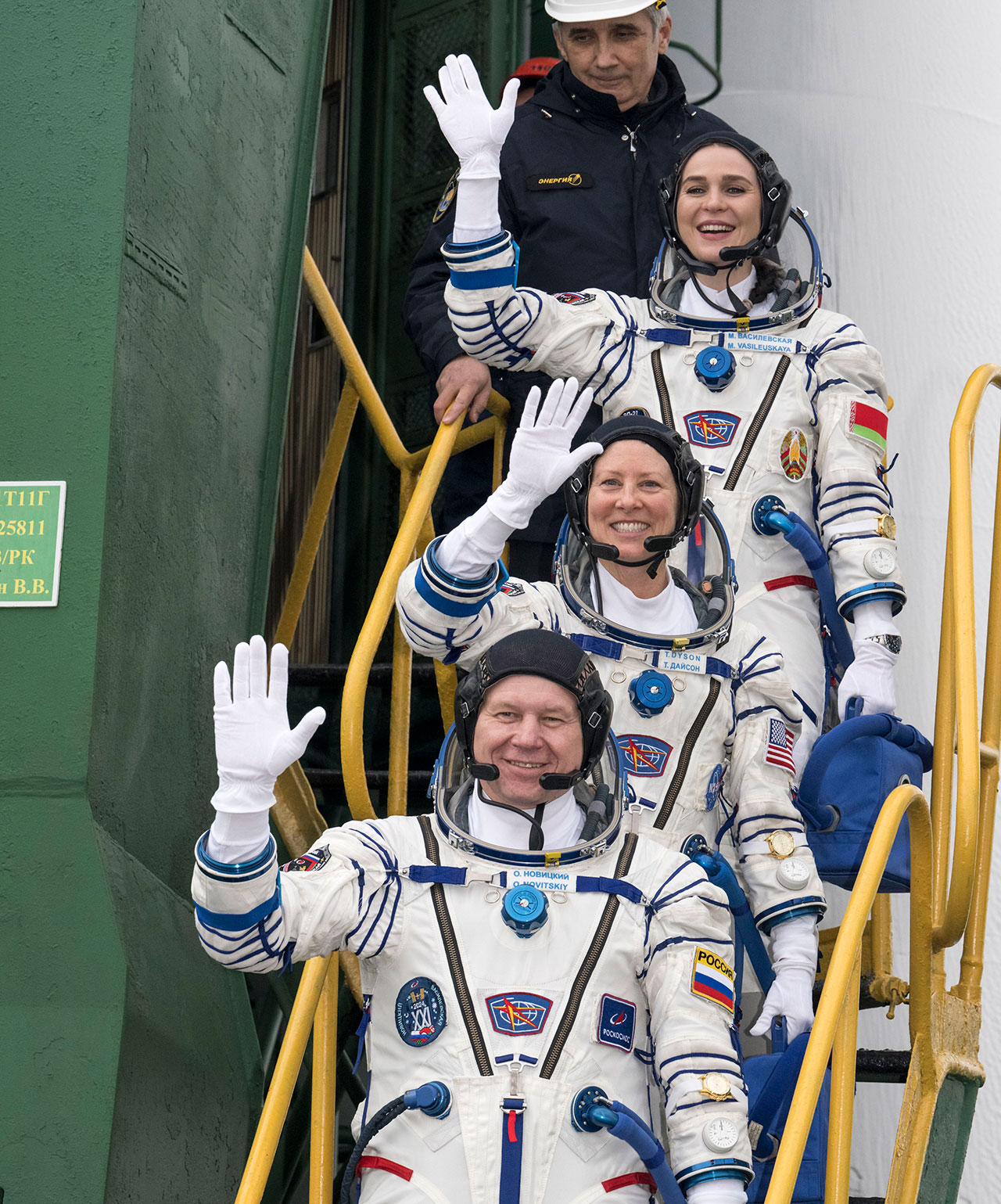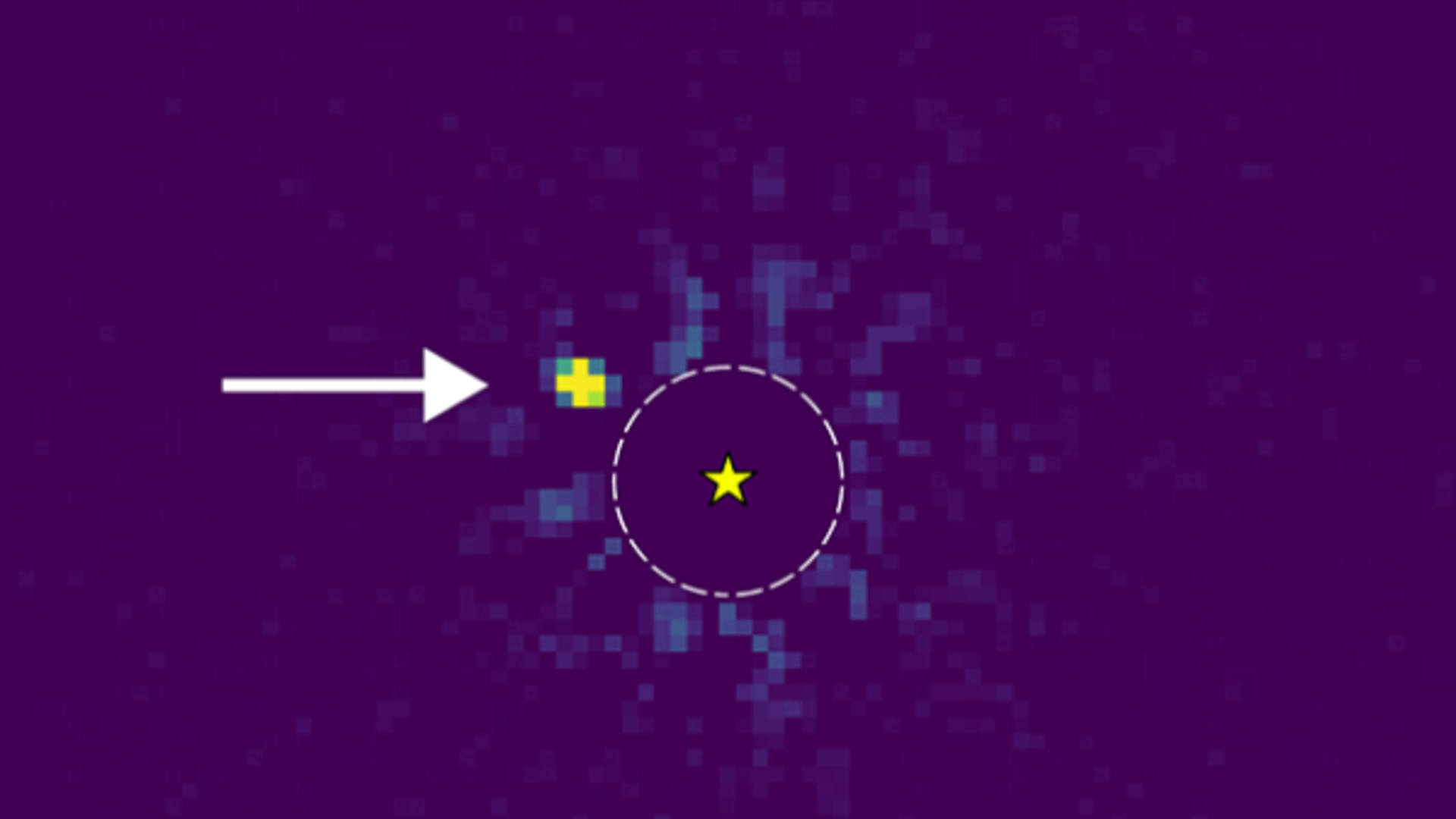Will SpaceX carry Boeing Starliner crew home? Here’s how Dragon could do it
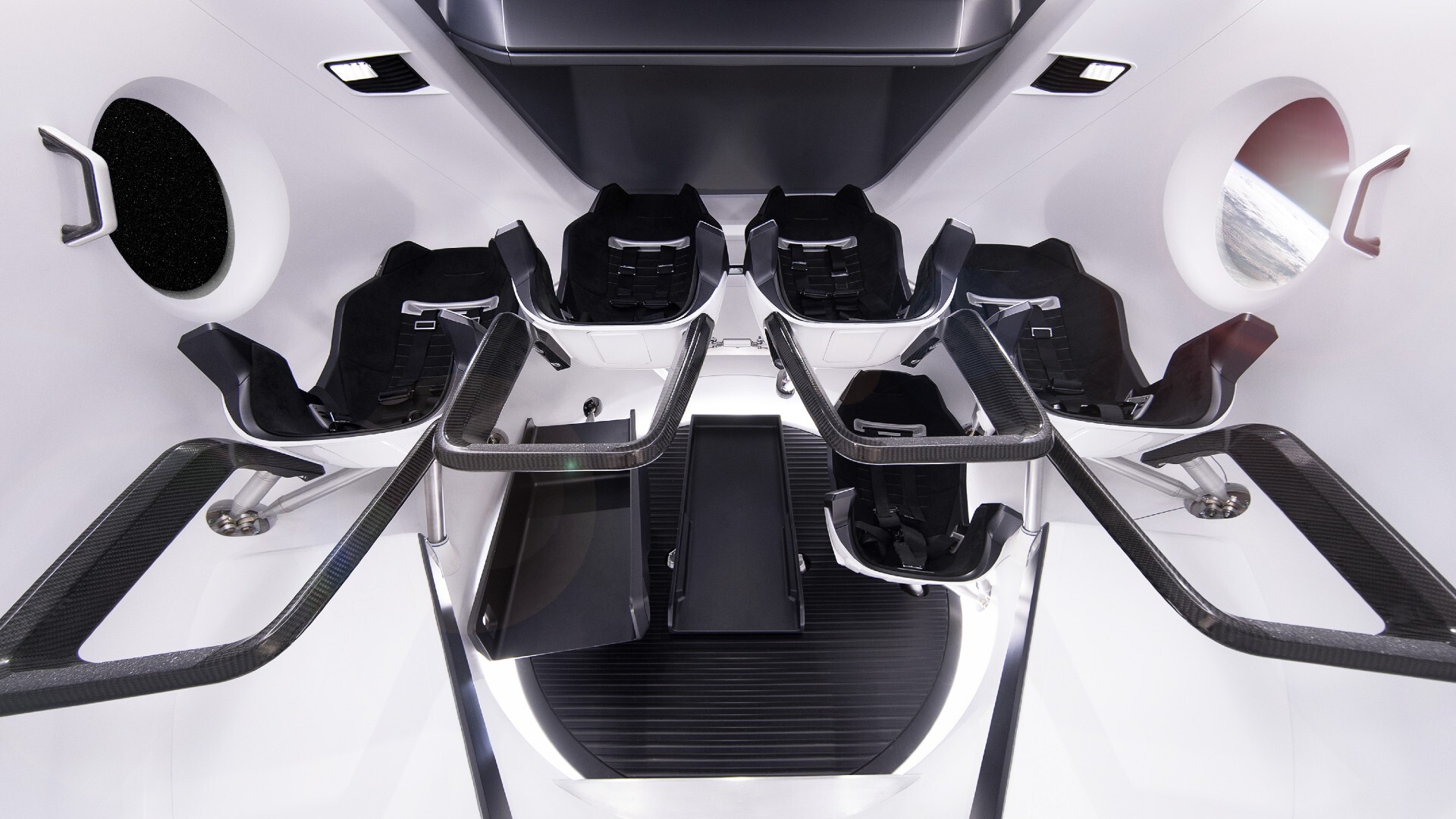
NASA isn't sure yet if it will bring its Starliner astronauts home from the International Space Station in the Boeing capsule or put them on a SpaceX Crew Dragon.
Boeing's Starliner is more than 60 days into its first-ever crewed mission, a test flight that sent NASA astronauts Butch Wilmore and Suni Williams to the International Space Station (ISS).
The flight was supposed to last just 10 days or so, but five of Starliner's 28 reaction control system thrusters unexpectedly misbehaved in the leadup to its June 6 docking with the ISS. Boeing and NASA have been working ever since to figure out what happened, and whether or not Starliner can safely carry Wilmore and Williams back down to Earth.
Starliner is rated to leave the ISS in case of emergency. But months of ground and space testing with Starliner thrusters have not given enough people at NASA's program control board confidence in the propulsion system yet, the agency said during a briefing on Wednesday (Aug. 7). (Overheating thrusters appear to be the chief issue, but not everyone agrees on the degree or the causes or the risk.)
So a variety of options are on the table. One of them is to pare the next ISS launch — SpaceX's Crew-9 — to two astronauts instead of four, to make room for Starliner's astronauts on that mission's Crew Dragon when it comes home next year. (Crew-9's liftoff was just delayed five weeks to Sept. 24, partly to keep that option open.)
Or Starliner's astronauts may squeeze underneath the four seats of Crew-8's Dragon and join those astronauts, who are on ISS right now, on their ride home, which is coming soon. While unusual, Starliner's situation is not the first time NASA has asked SpaceX to potentially take on extra people during an ongoing mission.
Related: How many astronauts can fly on a SpaceX Crew Dragon capsule?
Breaking space news, the latest updates on rocket launches, skywatching events and more!
Crew Dragon can hold more than four people; a version of the spacecraft released to the public in May 2014 shows it outfitted with seven seats. NASA requested a change to four seats in 2019 due to the angle of installation, as officials were concerned about g-forces on astronauts during landing, according to Spaceflight Now.
As NASA gets more spacecraft on the ISS, it's looking at multiple options to bring people up and down in different ways than the spacecraft they arrived in, agency officials said in Wednesday's briefing.
This outlook came into focus in late 2022, when a docked Russian Soyuz spacecraft sprung a coolant leak, crippling (but not totally disabling) its ability to come home with astronauts on board. Luckily, there was backup available at the time, in the form of a Crew Dragon.
Soyuz was the only ride to and from ISS between 2011 and 2020, after the retirement of NASA's space shuttle. But the agency funded the development of Crew Dragon and Starliner, with the aim of bringing crewed orbital spaceflight capabilities back to U.S. soil.
SpaceX sent its first crew aloft in 2020 after a single uncrewed flight test, while Starliner is on its first astronaut mission after two uncrewed test flights to the ISS — one in 2019 and another in 2022 — and several development delays.
Related: Russia releases 1st images of damage to leaky Soyuz spacecraft (photos)
"The Soyuz coolant leak taught us quite a bit," Dana Weigel, ISS program manager, told reporters in the press conference. "We've always been protecting for anomalies on board station. But you can have any number of anomalies on a crew vehicle too, whether it's a micrometeoroid strike or anything else. So, smarter for us to always have backup-backup plans in place."
Until a newly manufactured Soyuz arrived at station a few months later, NASA and SpaceX together came up with a plan to install a Soyuz seat liner in the cargo area of Dragon, underneath the four seats. This allowed NASA astronaut Frank Rubio a backup ride home in case evacuation from the ISS was needed. (Rubio's two Russian crewmates were authorized to ride home in the coolant-challenged Soyuz, as two astronauts would heat up the spacecraft's interior less than three would.)
SpaceX's new task orders this summer came in part due to lessons learned about installing the seat liner for Rubio, Weigel said.
"What we realized after that is, ideally, we wouldn't be taking the Soyuz seat liner and moving it. It is vulnerable to damage," she said. SpaceX's new solution uses a foam for cushioning returning astronauts on the cargo pallet, which "gives us a lot more flexibility and doesn't put that Soyuz seat liner at risk."
The Soyuz contingency plan is one of three task orders that SpaceX executed on recently, said Steve Stich, NASA's Commercial Crew Program manager. The other two task orders relate more directly to Starliner's situation.
One scenario would see two astronauts launch on Crew-9 with "a metallic ballast" in the remaining two seats, with the ballast designed to have a similar center of gravity as a pair of astronauts. The ballast would then be removed for Williams and Wilmore to come home on the Dragon in February 2025, when Crew-9 comes back to Earth.
The second scenario would see Crew-8 return with its four astronauts, with "up to three crew members" aboard its cargo pallet. Two seats would be for the Starliner astronauts, and the third — if necessary — would be for NASA astronaut Tracy Dyson, who flew to the ISS on a Soyuz this past March. So far, every indication is she will return home on the Soyuz as planned, but NASA said it is keep all options open in case of contingency.
Stich said such "contingency planning" is a normal course of work at NASA, even absent a crystallizing event like the Soyuz coolant leak or Starliner's current woes. "We think now we have the whole waterfront covered" in terms of possible ways to move crew members on Dragon, he said, adding that, when Starliner is carrying operational crews, it may one day serve the same function for SpaceX astronauts.
These backup plans do not necessarily indicate SpaceX will stand in for Starliner, Stich emphasized. "What we have done is totally reversible. We can fly Crew-9 as planned, as we've been planning for years [...] or we can plan to fly with two crew members," he said.
Crew-9's current manifest is commander Zena Cardman, pilot Nick Hague, mission specialist Stephanie Wilson and mission specialist Alexsandr Gorbunov. Cardman, Hague and Wilson are all with NASA, and Gorbunov is a cosmonaut with Roscosmos.
Weigel told reporters that NASA is not yet ready to reveal which crew members would be removed from Crew-9, if the need arises. As for which mission the displaced astronauts would join in the future: "We'll go look at future manifests and just see what what makes sense for the overall crew complements going forward."

Elizabeth Howell (she/her), Ph.D., was a staff writer in the spaceflight channel between 2022 and 2024 specializing in Canadian space news. She was contributing writer for Space.com for 10 years from 2012 to 2024. Elizabeth's reporting includes multiple exclusives with the White House, leading world coverage about a lost-and-found space tomato on the International Space Station, witnessing five human spaceflight launches on two continents, flying parabolic, working inside a spacesuit, and participating in a simulated Mars mission. Her latest book, "Why Am I Taller?" (ECW Press, 2022) is co-written with astronaut Dave Williams.
